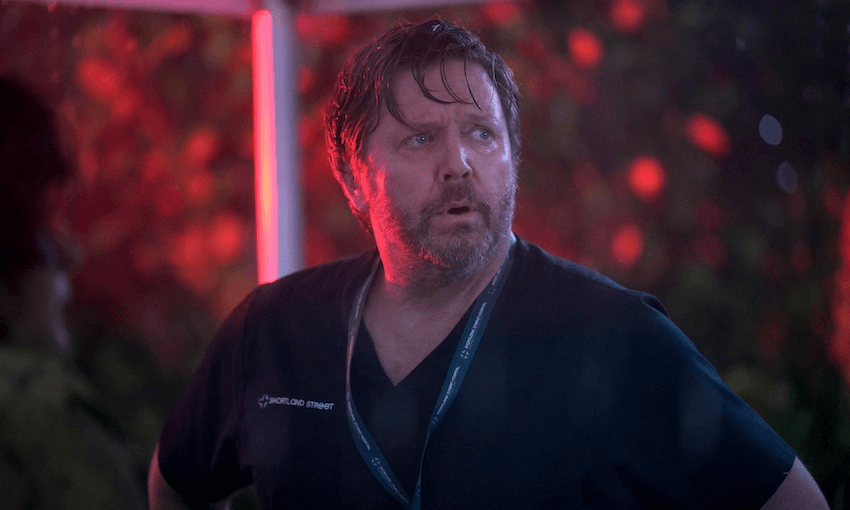Alex Casey reviews the debut feature from director Josephine Stewart-Te Whiu.
Of the many enduring images from We Were Dangerous, there’s one which truly captures the joy and freedom of girlhood. Forced into yet another day of labour on their island outpost, the group of misfit girls drop the cleaning cloths and mops and start to dance, arms raised. The total lack of self-consciousness and absence of any kind of outsider gaze evokes similar heart-squeezing scenes from coming-of-age darlings such as the ‘Diamonds’ sequence in Girlhood, or the gals singing the Love Island theme a cappella in How to Have Sex.
The difference is that this story is taking place in Aotearoa. It’s 1954 inside Te Motu School For Incorrigible and Delinquent Girls, an institution established on an island formerly populated by lepers. “If the island can contain leprosy it could probably manage a few girls on heat,” one of the male head honchos says. Ruled by a withering woman known only as The Matron (Rima Te Wiata) – who interrupts the above dancing and punishes accordingly – the island faces a huge threat in a rebellious trio of pals plotting to bring it down.
Written by New Yorker cartoonist Maddie Dai and the feature debut of director Josephine Stewart-Te Whiu (Waru), We Were Dangerous is much more than just a coming-of-age caper. Set against a backdrop of colonisation, patriarchy, conservatism and godliness, it touches on many difficult parts of our recent history, before revealing a much darker truth at its heart. Although a fictional story, it is impossible to watch without reflecting on the recent Abuse in Care inquiry, and the institutional violence on which this country is built.
But, somewhat miraculously, it is also… really funny? And uplifting? And joyous? Carried by the incredible central trio of Nelly (Erana James), Daisy (Manaia Hall) and Lou (Nathalie Morris), their brand of cheeky rebellion and bone-deep connection is infectious. Bunking together as “three girls in a leaky hut”, their bleak backstories are slowly revealed as they grow closer, pulling mattresses off beds and eventually collapsing in a cosy cackling pile that anyone who has ever been to a girls sleepover will instantly recognise.
As a counter to their carefree joie de vivre is Rima Te Wiata (Hunt for the Wilderpeople, Housebound), sensational as the tight-laced, po-faced Matron. While she could have easily slipped into Trunchbullian caricature, Te Wiata’s performance reveals glimmers of humanity and doubt underneath all the bible-bashing and internalised misogyny. Barry (Stephen Tamarapa) also steals every scene as the bumbling caretaker, extremely out of his depth in taking wayward teens on an island-wide rat trapping mission.
The costuming and set design feels just as lived in as the performances. A local 1950s period drama risks looking like Call the Midwife Down Under: The Musical, but every detail from the chipped enamel cups to the faded leather brogues has been considered. You can almost smell the creaky leaky hut that becomes the trio’s refuge, laden in dust and cobwebs. As for the setting itself, Terrence Malick is clapping at the long golden grasses of the Banks Peninsula, which have never looked better offset by the girls’ cornflower blue jumpsuits.
My only wish, and this is rare for me, is that the movie was slightly longer. A gear shift that I shall not spoil feels as if it comes very quickly and the final chapter feels slightly rushed given its gravity. But given that the film has already received critical acclaim internationally, and Stewart-Te Whiu took out the Special Jury Prize for Filmmaking at SXSW, we’re probably best left wanting more than less. Tackling some dark parts of our history with a deftly light touch, this assured debut has all the makings of an instant coming-of-age classic.
We Were Dangerous is currently screening in the New Zealand International Film Festival, and will be in cinemas nationwide August 22.



